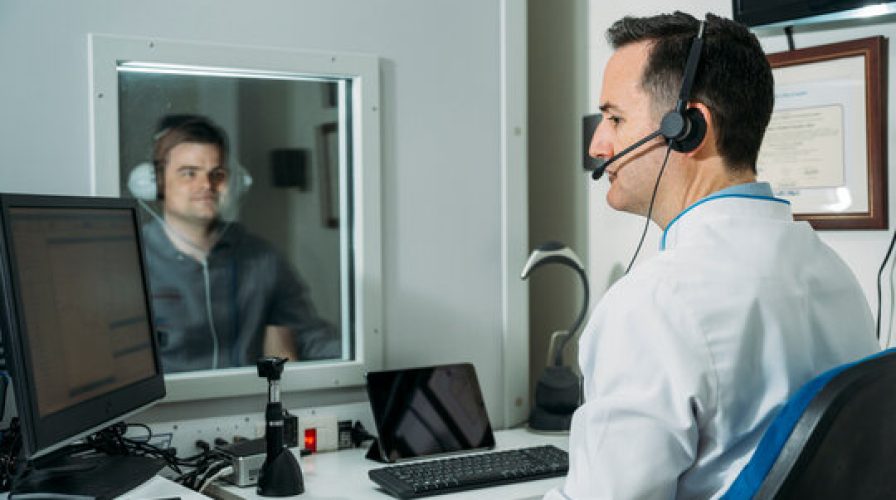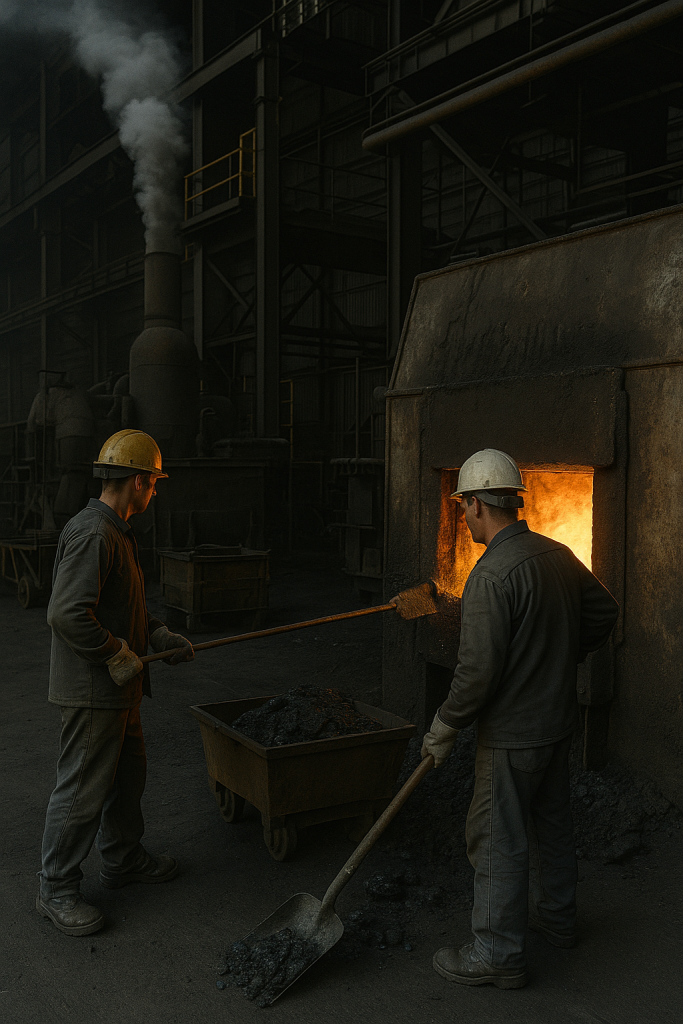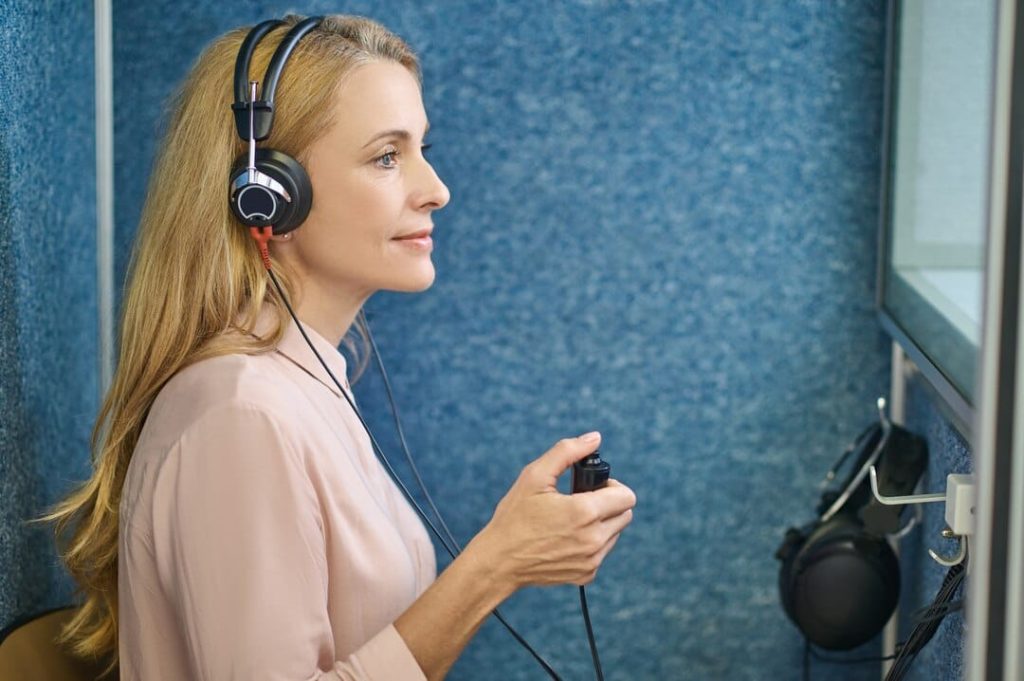Noise exposure is the most common preventable cause of occupational hearing loss. Workers are at risk of hearing loss whenever they are exposed to noise that exceeds the national exposure standard, which is: • an average of 85 decibels over 8 hours (e.g. repetitive noise from equipment and machinery around the workplace), or • a peak of 140 decibels (e.g. one-off impact noise such as a sledgehammer blow or gunshot). As an employer you have a duty to ensure the exposure standard is not exceeded and, where possible, eliminate risk or minimise at low as reasonably practicable level.
It can be minimised via following methods:
• utilising control measures to reduce noise levels,
• decreasing the amount of time workers spend exposed to noise, and
• ensuring you understand and abide by relevant safety regulations in your state or territory (refer to your local Work Health and Safety Regulator for more details).
If a worker is required to frequently wear personal hearing protection to protect them from noise above the noise exposure standard, you must provide them with regular audiometric testing.
Why audiometric testing?
Noise induced hearing loss is irreversible. It can also be difficult to detect, especially in its early stages. Audiometric testing is a type of hearing test that can measure a worker’s ability to hear quiet sounds and, when done regularly, can detect changes in their hearing over time.




